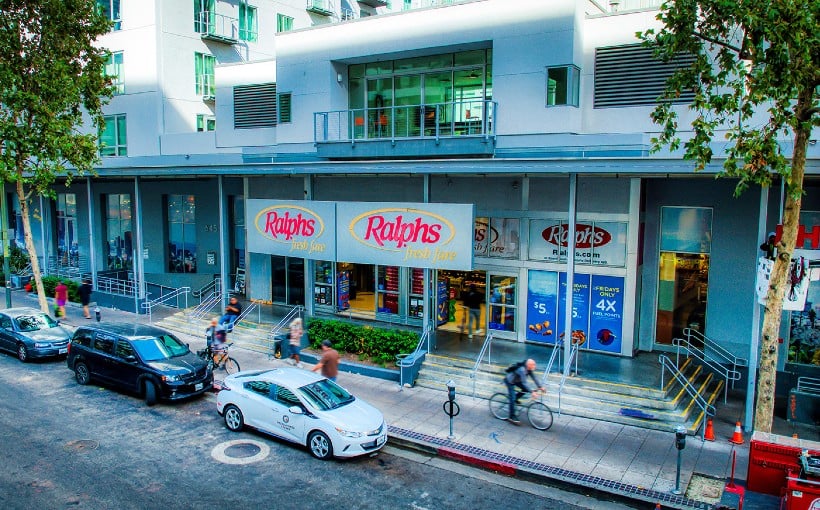According to recent data from the U.S. Census Bureau, retail and food service sales in January 2024 reached $700.3 billion, marking a year-over-year increase of 0.6%. This growth can be attributed to steady consumer spending and strong demand for quality retail space.
In Q4 of 2023, consumer spending played a key role in maintaining the strength of the commercial real estate (CRE) retail sector. Reports from various sources noted that vacancy rates hit record lows due to high tenant demand and limited available space.
Despite this tight market, there has been minimal new construction since the pandemic began due to factors such as rising interest rates and risk aversion among lenders. As a result, experts predict that supply will remain constrained for quality shopping centers.
The Sunbelt states have emerged as leaders in CRE activity during Q4 of 2023 with markets like Dallas experiencing an annual rent-growth increase of over five percent. However, overall demand has decreased slightly compared to previous years due to limited available space.
Looking ahead at future trends in the industry, analysts predict ongoing costs and interest rates will continue hindering new construction projects while retailers struggle to find desirable spaces for lease or purchase.
Overall, while continued consumer spending is driving positive metrics within the CRE retail sector currently , experts anticipate some moderation in fundamentals throughout 2024 as leasing demands are challenged by limited availability . Despite these challenges , it is unlikely that vacancy rates will decrease significantly even with a robust economy .




